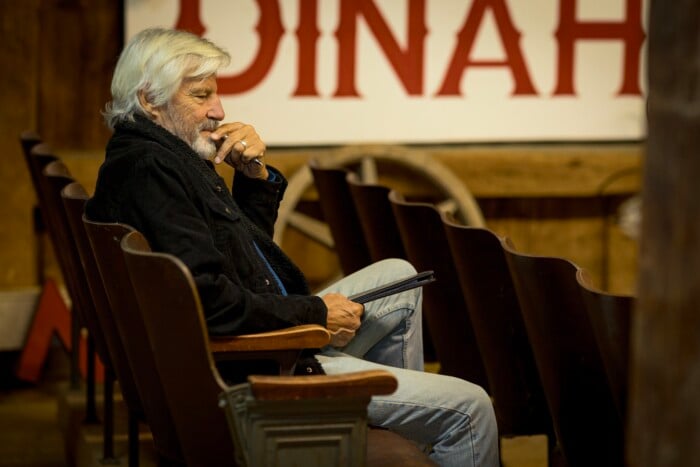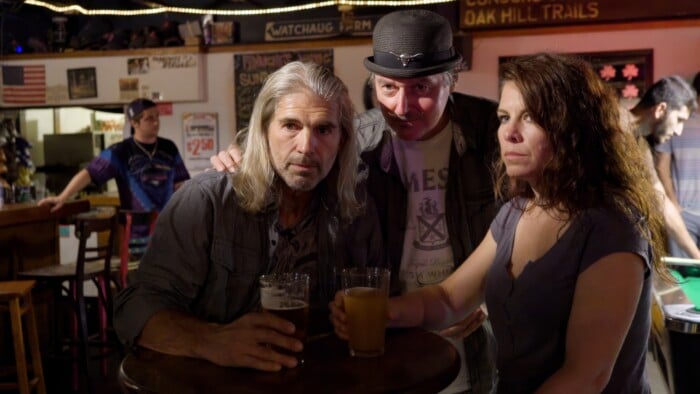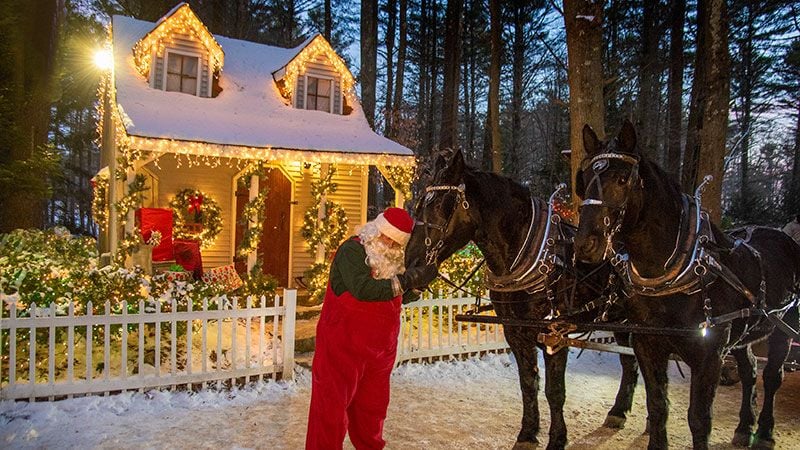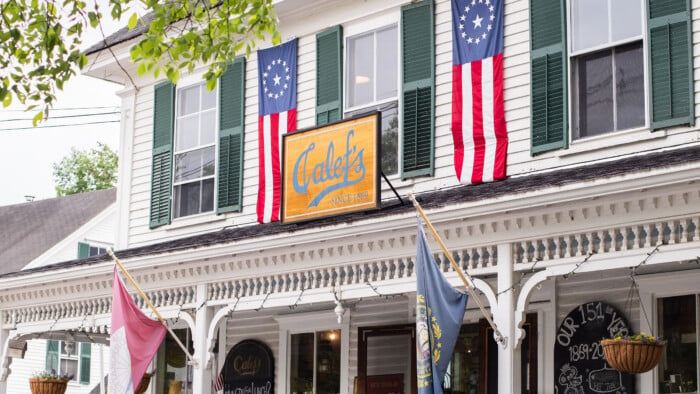Return of the Swamp Monster
Maintaining a legacy is tough enough, but it gets interesting when it involves a hairy, fetid, 8-foot creature from the swamps of Fouke, Arkansas — one that frightened the grits out of the locals and made a meal of their cats.
The late Charles B. Pierce filmed the docudrama, a first for the genre, in the early 1970’s. His daughter Pam Barcelou, a Louisiana native who has lived in New Hampshire since 2009, has been on a quest to resurrect, remaster and rerelease her dad’s classic film, “The Legend of Boggy Creek.”
Based on true accounts, the swamp dweller creeps about once again thanks to her resolve. So, hold tight to your popcorn and watch it. At night. In the dark. Boo.
In Pam Barcelou’s own words:
My dad was one of the very first independent filmmakers. He started working at his local TV station (El Dorado, Arkansas/Monroe, Louisiana, the NBC affiliate) right out of high school (where he was voted Most Likely to Succeed, Wittiest and Most Talented), working his way up to his own regional television program, as host, and also director of the 6 and 10 o’clock news.
He then opened an ad agency in Texarkana, Texas, and started producing commercials, when he decided to make a movie. Much later, he wrote the iconic film line, “Go ahead, make my day.” for Clint Eastwood.
My dad convinced a local businessman, L.W. “Buddy” Ledwell, who owned a large trucking company, to put up the money for a “small regional film” (about $160,000), and hired five high school guys to trek into the swamps with him, surrounded by venomous snakes and alligators, in a flat-bottomed boat, 35mm camera in hand, to film what is now considered a movie classic.
The film was shot using Technicolor’s Techniscope film, which is no longer made. It afforded a wide-angle format without the normal costs associated with commercial film, rarely used in the U.S. and created for the Italian spaghetti Westerns. It helped immerse the viewer into the story.
Our new 4K UHD HDR 10+ perfectly masks the old Techniscope wide-angle format like it was always meant to be. I’m thrilled! “The Legend of Boggy Creek” has never looked, or sounded, better.
In 1975, after the film played virtually nonstop across America, my dad and Mr. Ledwell split up. Mr. Ledwell, the copyright holder, put the movie away for almost 50 years.
After reading years and years of fan comments across the Internet for someone to work out copyright and “get us a good print,” I reached out to Mr. Ledwell’s sole heir, Steven Ledwell, in 2014 and asked him if he’d allow me to release the film to the home market, something that had never been done officially, and he said YES!
It took another four years to find good source material (finally found at the British Film Institute in London), and ultimately, we were able to fully-restore and re-master it at the venerable George Eastman Museum.
The Legend of Boggy Creek grossed over $25 million during it’s only theatrical run — no home media at the time — between 1972-75, the equivalent of about $183 million in today’s dollars.
The Legend of Boggy Creek is based on a true story, using actual witnesses to the encounters, many times in the actual location. Earl E. Smith is credited as the only writer, as my dad didn’t want his name in every position. (He did everything himself!) He directed, and sang one of the songs, as well.
A tiny town with a big local legend
 “The Legend of Boggy Creek” is a G-rated docudrama based on a Bigfoot-type creature claimed to have been seen in and around Fouke, Arkansas, for decades.
“The Legend of Boggy Creek” is a G-rated docudrama based on a Bigfoot-type creature claimed to have been seen in and around Fouke, Arkansas, for decades.
“Boggy Creek can be found just outside tiny, Fouke, Arkansas, near the border of Texas and Arkansas, and is pretty much the same now, as it was then, and they still have sightings of the creature,” says Pam Barcelou, who has been working to remaster and reissue the classic 1972 horror film created by her father, the late Charles B. Pierce.
“It’s the story surrounding the people and their encounters, with actual witnesses, in actual locations,” she says.
The film took about a year to produce and edit, and was released in August 1972.
“Similar to Bigfoot, the Fouke Monster has only three toes vs. Sasquatch’s five, and is now commonly referred to as a ‘Swamp Ape,’” Barcelou says.














